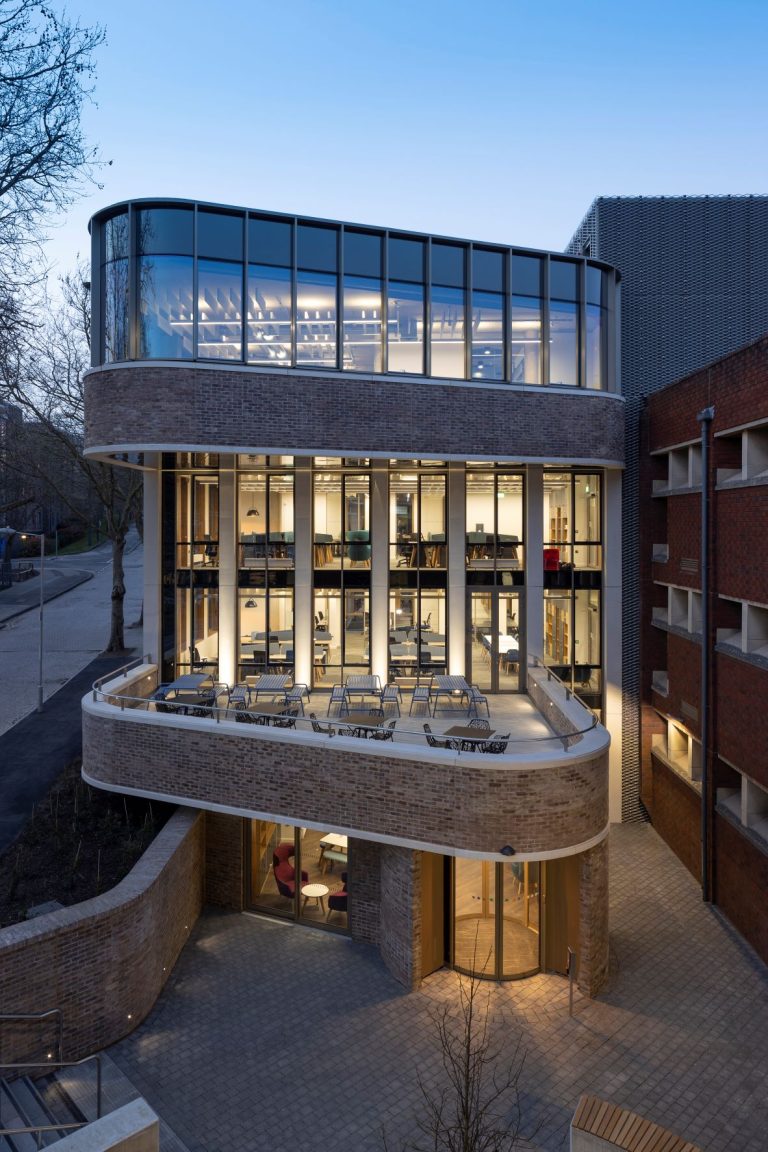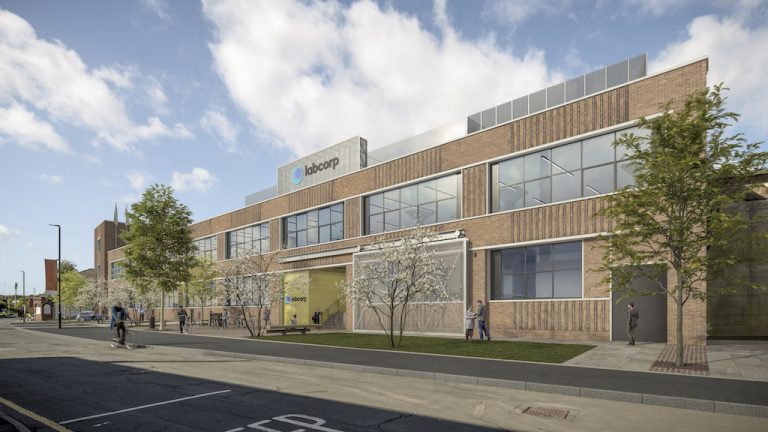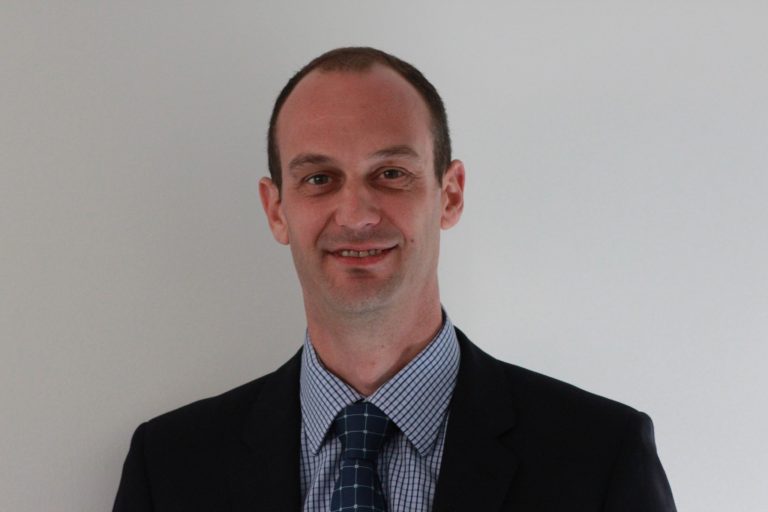When working within a team, having access to tools that enable straightforward collaboration and mobile connectivity is key. Especially within industries such as manufacturing and utilities, where organisations need to ensure efficiency, productivity and profitability within their workforce in today’s competitive environment. For engineering and maintenance directors, it can be difficult managing both a large asset base and a distributed workforce. Detecting and fixing critical issues which can quickly cause production lines to shut down or assets to fail over a wide-ranging area relies on essential and dependable connectivity, enabling communication; especially in remote locations or areas without guaranteed network coverage. Lone workers in these industries rely solely on effective communication in order to collaborate and without critical technology and enhanced mobile connectivity, they will be truly alone dealing with any issues that occur. So, how can engineering and maintenance directors provide the right kind of connectivity, and ensure effective communication and collaboration amongst their teams? How do you keep lone workers safe while encouraging teamwork? How do you ensure that tasks are identified quickly, distributed appropriately and completed efficiently? Chris Potts, Marketing Director, ANT Telecom outlines how utilising the right technology can enable managers to have a joined up approach to team and asset management while encouraging operational efficiency. A combined approach Managing hundreds or even thousands of different assets simultaneously and safely can be challenging, so managers must have full visibility across all their assets. Should monitored equipment fail, a critical alarm must be raised to alert the relevant engineering team, who can respond and fix the problem. Additionally, engineering directors need to know when the critical alarm is dealt with to ensure every issue is resolved properly and in a timely manner. With continuous monitoring, changes and variations in asset patterns can be revealed, for example increased vibration that if undetected could lead to an unexpected breakdown. Being able to identify problems and distribute the critical alarm directly and proactively to the relevant team that responds to on-site emergencies will dramatically reduce machine downtime. Additionally, reacting early to machine failure warnings means that any potential problem can be corrected without affecting production or requiring an urgent emergency response, or causing unnecessary wastages and costs. Furthermore, with a complete process, an alarm management system can record the full alarm sequence, through logging staff interactions to the resulting actions and conclusion. This means that reoccurring issues can be recorded and investigated thoroughly. Additionally, fault analysis checklists and guides can be administered with the alert, ensuring the resolution process is consistent across the organisation and issues are rectified as effectively as possible. Bringing in the team Effective teamwork involves great communication to enable collaboration within the organisation. Especially when engineers work in rural or remote areas with no mobile reception, or for those working alone in ATEX areas, the employee needs to have access to a reliable private communication network to feel secure and protected, whilst also being able to easily ask their team for assistance and cooperate with their directors on projects. When an asset fails and an alarm is raised, engineering directors need to have full visibility over the team or individual resolving these tasks. The right communication technology can help directors both organise their workforce and support the response team. An automated alert system can ensure that senior engineers are working on the ‘bigger picture’ while juniors with less experience are taking on the more straightforward and repetitive tasks, while having the opportunity to be supported throughout by those more experienced. Having the ability to provide clear directions such as digital step-by-step guides for routine alerts encourages juniors to grow their knowledge and skill-base. In turn, engineering directors will have more confidence in delegating tasks quickly and fairly using an automated solution that takes into account previous workload. With complex team setups there can be miscommunication and confusion over who can fix an issue and how quickly this can be done. A delegation process through a centralised, manual system that is concerned with assessing who needs to be contacted and who is available without support from automation takes up valuable time. And when reaction times need to be quick in order to effectively deal with emergency alerts, a manual escalation process isn’t feasible. An automated system can provide managers with full visibility about the tasks being picked up by the most appropriate person who can resolve the issue and efficiently monitor who is taking tasks throughout the day from the tracked system. This enables a more effective management of responses to critical alerts from the workforce and provides a fair distribution of tasks among the junior engineers, while the senior engineers can provide help and support where needed. Overcoming resourcing limitations Over the last year, collaboration and connectivity challenges have increased for many companies too, with the Covid-19 pandemic resulting in many organisations operating with a skeleton staff to satisfy social distancing requirements. This is essential for Covid-safety in the workplace, but these companies can become stretched when staff are off work if they have to self-isolate. Lone workers that operate in remote areas like on wind turbines or in tunnels, for example, need access to private communication networks with reliable communication devices in order to collaborate effectively in areas where they can’t always rely on mobile signals. Having technology solutions, such as integrated lone worker and communication devices – for example, Push to Talk over Cellular (PoC) or Digital Radio – can ensure that all employees are connected and can collaborate effectively. With the ability to provide location information, such as GPS or for more accurate indoor location, WiFi beacons, lone workers will know they are safe and their team knows exactly where they are – encouraging collaboration and assuring safety. Collaboration is key From condition monitoring and asset management, to managing the response team and engineering and maintenance workforce, a joined up solution can benefit managers by helping them operate efficiently and collaborate successfully. As explained, effective mobile connectivity is essential to ensuring that systems









